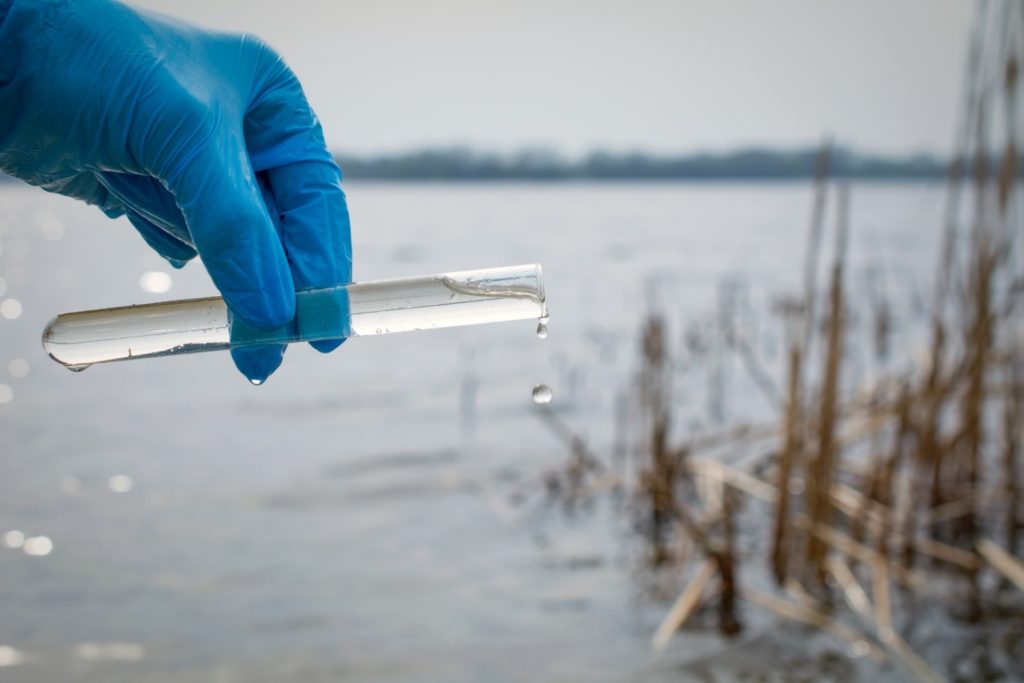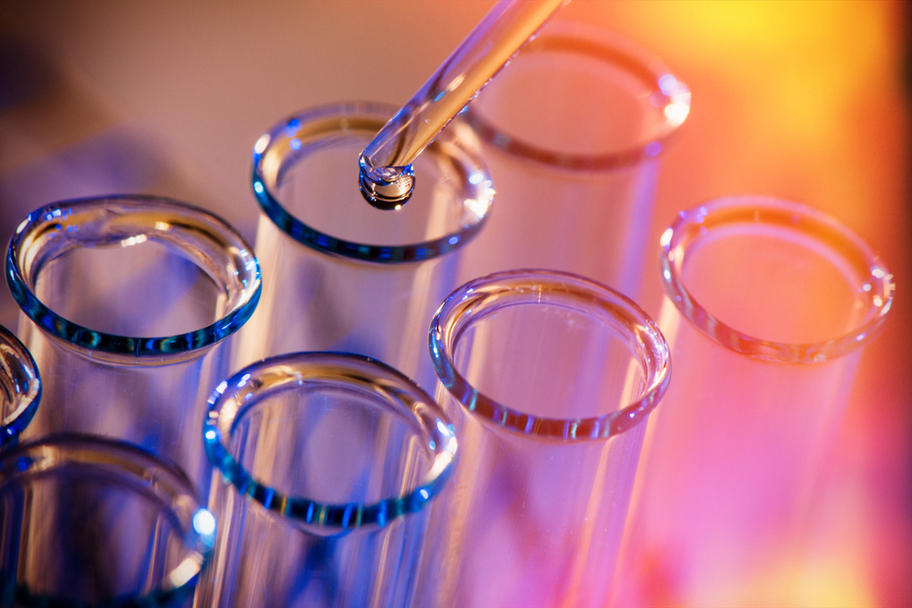
When it comes to maintaining a healthy and thriving pond, one of the key factors to consider is pond water quality. Ensuring that your pond's ecosystem is well-balanced is essential for the overall health of your aquatic plants and fish. In this blog post, we will delve into the techniques and tools you need to master pond water quality, including testing kits and treatments. By understanding the basics of pond water quality and learning how to interpret test results, you can take proactive steps to keep your pond in optimal condition.
Understanding the Basics of Pond Water Quality
Delving into the realm of pond water quality unveils a fascinating aspect of maintaining a vibrant pond environment. At its core, pond water quality encompasses the blend of chemical, physical, and biological attributes that dictate the wellbeing of your pond’s ecosystem. Key amongst these are parameters such as pH levels, ammonia, nitrites, nitrates, and the pivotal dissolved oxygen - each acting as a vital sign of your pond’s health.
Monitoring these parameters is not just about numbers; it’s about understanding the lifeblood of your pond. pH levels, for instance, influence the biological availability of nutrients and toxins, affecting both plant and fish life. Ammonia and nitrite levels, on the other hand, are indicators of the nitrogen cycle’s efficiency within your pond, crucial for converting harmful waste products into less toxic nitrates. Meanwhile, nitrates and dissolved oxygen directly impact the vitality of your aquatic residents, with oxygen levels being paramount for all aerobic life.
Recognising the significance of these parameters provides a clear insight into the intricate balance required to maintain a flourishing pond ecosystem. By keeping a keen eye on these indicators, you’re not just testing water; you’re nurturing a thriving aquatic community. Embracing this knowledge equips you with the power to foster a healthy pond, ensuring it remains a source of joy and serenity.
The Importance of Regular Testing: What You Need to Know
Engaging in frequent testing is the cornerstone of diligent pond management. It empowers you to keep a vigilant eye on the dynamic nature of your pond's water quality. With an array of testing kits at your disposal, embarking on this task is more accessible than ever. These tests serve as a preventive measure, offering you the insights needed to anticipate and mitigate potential issues before they escalate. By establishing a routine testing schedule, you ensure that your efforts in monitoring pivotal water quality parameters, such as pH, ammonia, nitrites, and nitrates, become an integral part of your pond care routine. This proactive approach not only safeguards the health of your aquatic ecosystem but also fosters a serene and thriving pond environment. Armed with the results from regular testing, you're well-equipped to maintain the delicate balance of your pond's ecosystem, ensuring its vitality and longevity. Embrace the practice of regular testing; it’s a simple yet effective strategy to champion the well-being of your pond.
Choosing the Right Test Kits for Your Pond

Selecting the ideal test kits for your pond is a pivotal step towards ensuring the well-being of your aquatic haven. The market offers a plethora of options tailored to meet the unique needs of various ponds, be it small garden ponds or larger bodies of water. It's vital to opt for test kits that comprehensively cover the key water quality parameters – including pH, ammonia, nitrites, and nitrates. Opt for kits that provide accurate, reliable readings, enabling you to make informed decisions regarding the maintenance of your pond's ecosystem.
Moreover, while some test kits offer the convenience of testing multiple parameters simultaneously, others might focus on specific indicators. This diversity allows for a customised approach to pond management, enabling you to focus on the areas that require the most attention in your specific situation. It’s also beneficial to consider the ease of use and readability of the test results; user-friendly kits with clear instructions can significantly enhance your testing experience.
In essence, investing in the right test kits is not merely about purchasing a product; it's about arming yourself with the tools necessary for creating and sustaining a vibrant, healthy pond. Your choice should reflect your pond's requirements, ensuring you are well-prepared to tackle any water quality challenges that may arise, keeping your aquatic paradise in pristine condition.
Interpreting Test Results and Taking Action
Deciphering the test results of your pond water is a crucial step towards ensuring the health and balance of your pond's ecosystem. Recognising what the numbers mean enables you to respond effectively to any issues that arise. If, for instance, the pH level strays from the desired range, incorporating buffering agents can restore equilibrium. Similarly, anomalies in ammonia, nitrites, or nitrates suggest it’s time to reassess your pond’s filtration or consider partial water changes. Understanding these results is paramount in executing the right course of action, allowing you to address imbalances before they impact the pond's inhabitants.
Taking action based on test results often involves a blend of adjustments and interventions. This may include modifying the pond's environment, such as introducing more aquatic plants to naturally regulate nutrient levels or employing targeted chemical treatments to rectify specific concerns. Each step you take, informed by your test results, contributes to a healthier pond ecosystem. Remember, interpreting these results isn’t just about reacting to problems—it’s about proactively creating a more resilient pond environment.
Natural and Chemical Treatments for Water Quality Management
Embracing a blend of natural and chemical treatments can significantly enhance your pond's water quality, steering it towards a more balanced and thriving state. The power of natural treatments lies in their ability to integrate seamlessly into the ecosystem, promoting a sustainable approach to water quality management. Introducing beneficial bacteria is a fantastic method, working quietly behind the scenes to break down harmful substances and reduce nutrient overload, thus curtailing the growth of undesirable algae. Similarly, incorporating a variety of pond plants not only beautifies your aquatic space but also plays a critical role in oxygenating the water and absorbing excess nutrients, contributing to a healthier pond environment.
On the other hand, chemical treatments offer a targeted solution to specific challenges that may arise. For instances where natural measures need a helping hand, products like algaecides come into play, swiftly dealing with excessive algae blooms without upsetting the pond's overall balance. Dechlorinators, essential when adding tap water, ensure the safety of your pond's inhabitants by neutralising harmful chlorine and chloramines.
Together, natural and chemical treatments form a dynamic duo, each addressing different facets of water quality management. By judiciously applying these treatments, you create a robust framework that supports the well-being of your pond, ensuring it remains a haven for its aquatic residents.
The Role of Plants and Fish in Maintaining Pond Health
Integrating a diverse array of plants and fish into your pond is not merely about enhancing its aesthetic appeal; it's a strategic move towards bolstering the health and equilibrium of your aquatic ecosystem. Aquatic plants are invaluable allies in oxygenating the water, absorbing surplus nutrients, and providing essential shelter and breeding grounds for fish and other pond inhabitants. This lush vegetation acts as a natural filtration system, significantly contributing to the clarity and quality of the water.
Similarly, introducing fish to your pond introduces a dynamic element of biological control. Fish naturally graze on algae and other potential pests, playing a pivotal role in maintaining the delicate balance of your pond's ecosystem. The symbiotic relationship between plants, fish, and the microbial life in the pond forms a self-sustaining cycle that enhances water quality and promotes a thriving aquatic community.
By thoughtfully selecting a mixture of plant species and fish, you tailor your pond to become a self-regulating entity, minimising the need for chemical interventions and ensuring a healthier, more vibrant pond. Embrace the natural synergy between plants and fish to unlock the full potential of your pond's ecosystem, creating a harmonious and sustainable aquatic environment.
Preventative Measures to Keep Your Pond Thriving
Adopting proactive preventative measures is crucial in ensuring the longevity and vitality of your pond. A cornerstone of effective pond management involves the meticulous removal of debris such as fallen leaves and twigs, which if neglected, can decompose and negatively impact water quality. It's equally important to monitor feeding practices closely; overfeeding fish can lead to excess nutrients, fostering algae growth and unsettling the pond's natural balance. Establishing a regular routine to check water parameters enables early detection of any deviations, allowing for timely interventions that can avert potential problems. Additionally, integrating aeration devices can greatly enhance the dissolved oxygen levels, providing a healthier environment for your pond's inhabitants. By embracing these simple yet impactful strategies, you cultivate a resilient ecosystem that minimises the need for corrective measures, ensuring your pond remains a vibrant and flourishing haven.
